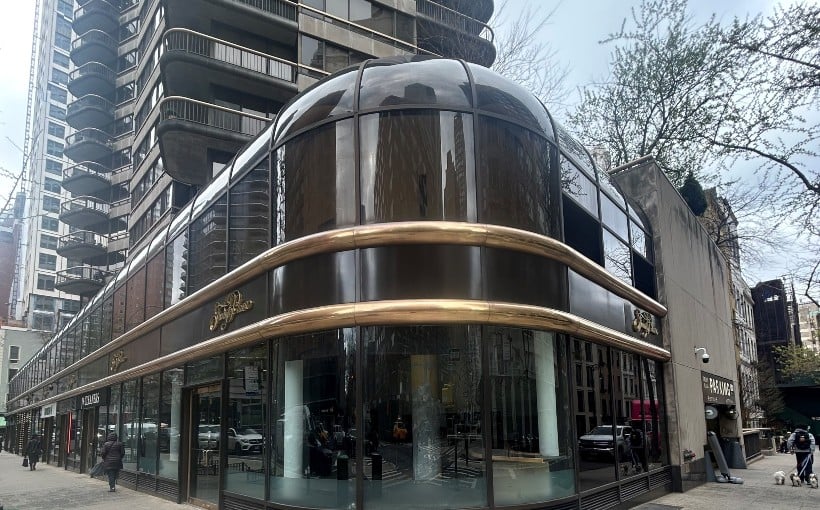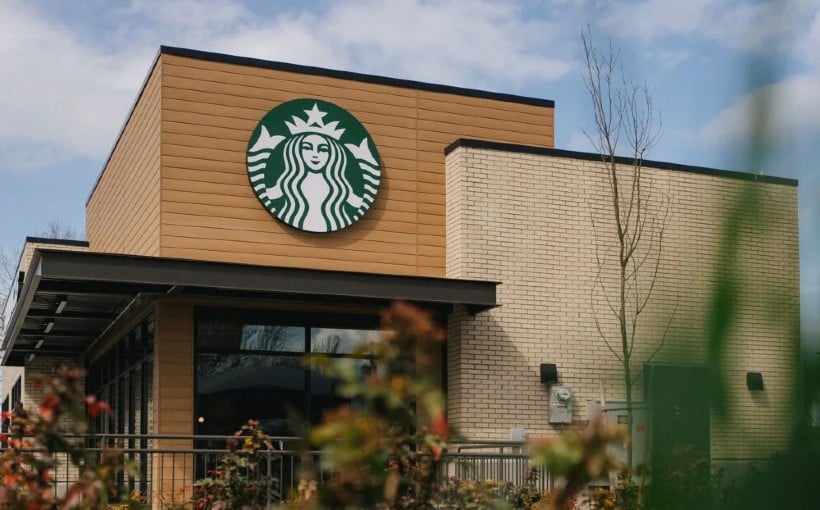**The State of Real Estate: Insights from Walker Webcast with Aaron Appel, Kris Mikkelsen, and Ivy Zelman**
*Pictured above (left to right): Aaron Appel, Kris Mikkelsen, and Ivy Zelman*
The first quarter of 2025 brought notable developments across both residential and commercial real estate. As Walker & Dunlop Chairman and CEO Willy Walker put it, “The world is changing at a rapid pace these days. It feels like it’s time to tighten your seatbelt and hang on for the ride.”
To help unpack the dynamic shifts in the market, Walker welcomed Aaron Appel (Senior Managing Director, Walker & Dunlop), Kris Mikkelsen (Executive Vice President, Walker & Dunlop), and Ivy Zelman (Executive Vice President, Zelman & Associates, a Walker & Dunlop Company) to the April 2, 2025, edition of the Walker Webcast. The conversation touched on critical issues including tariffs, economic outlooks, consumer confidence, and market-specific trends.
**Housing Trends: A Mixed Bag**
On the single-family housing side, Zelman noted sluggish activity this spring. Though listings are increasing, largely driven by sellers tired of waiting, affordability remains a significant concern. “I think the market remains pretty challenged, and I see more headwinds in the for-sale market due to tariffs and uncertainties,” she said.
A primary challenge is dwindling consumer confidence—a key driver of homebuying behavior. Tight labor market conditions and fluctuating interest rates, coupled with economic uncertainty, have many potential buyers sitting on the sidelines. “They’re worried about the economy; they’re worried about their jobs,” Zelman explained. “This is probably the number one headwind.”
Interestingly, this dampened demand in the ownership market has spurred momentum in the rental sector. Mikkelsen said multifamily deliveries hit unprecedented levels in 2024, with 667,000 units absorbed—two and a half times the annual absorption rate from 2013 to 2019. Yet after this supply surge, construction has tapered off. “We’re setting ourselves up for real shortages of housing inventory as we work our way through the balance of 2025 and into 2026 and 2027,” he warned.
**Real Estate Transactions and Capital Markets**
Appel highlighted growing market confidence, especially across retail and industrial real estate, which both saw year-over-year activity increase by 4% to 5%. The office market lags behind but is beginning to stabilize. “The pace of deceleration looks much more manageable,” he noted.
Both Appel and Mikkelsen observed growing liquidity and appetite for investment. “The capital markets are very strong right now,” Mikkelsen said, adding that spreads have tightened between 25 to 75 basis points across public and private credit markets. He also noted that commercial banks are returning to the market, extending credit and exploring new opportunities.
Large-scale securitizations and new allocations from life insurance companies suggest that investment momentum is building across real estate sectors. “We’re pretty optimistic about the rest of the year,” Mikkelsen added.
Appel emphasized that while capital availability is robust, interest rates will heavily influence whether activity favors sales or refinancing. “We’re in recovery mode with an unbelievable amount of capital being raised in private credit and corporate credit,” he added.
**The Office Sector: Turning the Corner**
According to Appel, the office market has turned a critical corner—at least in select locations. “There’s different types of product,” he explained. “Some older office buildings, especially in secondary markets, may no longer be viable. But demand for Class A office space in prime submarkets, such as Manhattan’s Plaza District, remains strong due to limited supply.”
Regional performance varies significantly. “In Century City [Los Angeles], supply is tight and rents are higher than they’ve ever been,” Appel said. “But in downtown L.A., they can’t even give the space away. It just depends on where you are.”
**Investment Outlook**
To close the discussion, Walker asked the panel which real estate sectors they would personally invest in today.
Zelman expressed a preference for single-family rental properties. “People are better off renting single-family than owning,” she said, citing enduring demand for suburban lifestyle features like yards and space, coupled with limited supply.
Appel favored high-end Class A office assets or luxury residential homes, while Mikkelsen pointed to multifamily as a solid investment choice. “There’s so much capital that’s still trying to get deployed into housing,” he noted.
Finally, Mikkelsen raised the growing appeal of infrastructure surrounding data centers. “There’s heavy demand for those structures, but investing in and around that infrastructure will be a safe space for a long time,” he said.
**Replay Available**
For those interested in a more in-depth exploration, the April 2 Walker Webcast is available on-demand via YouTube, Spotify, and Apple Podcasts.



